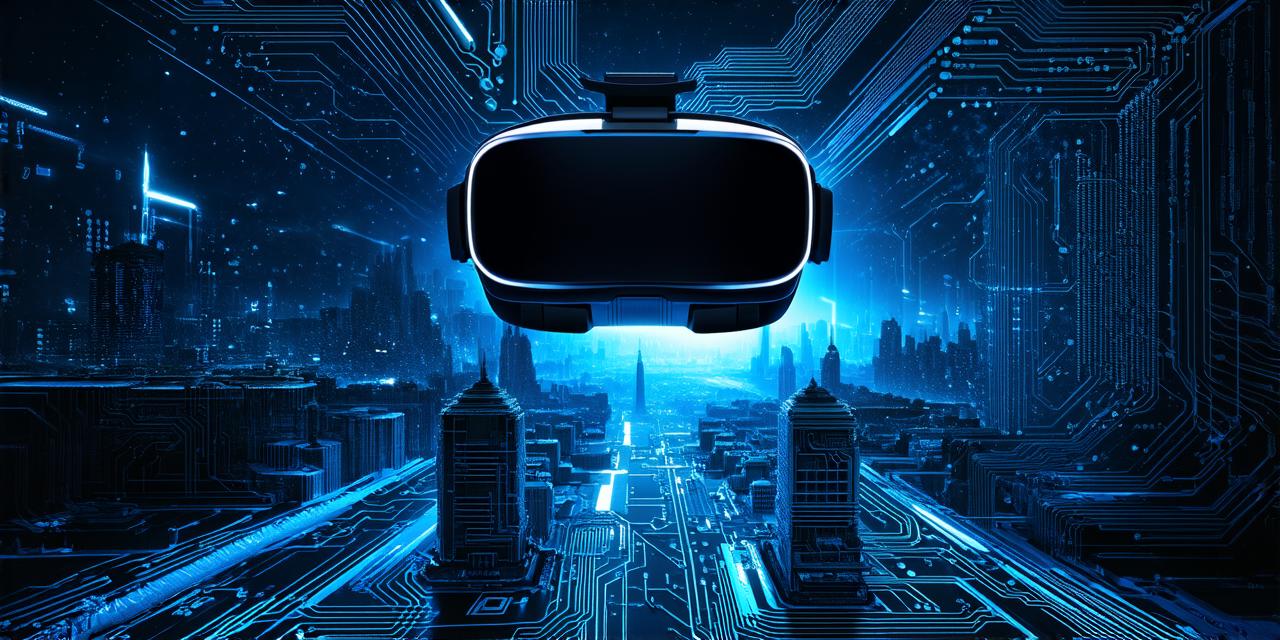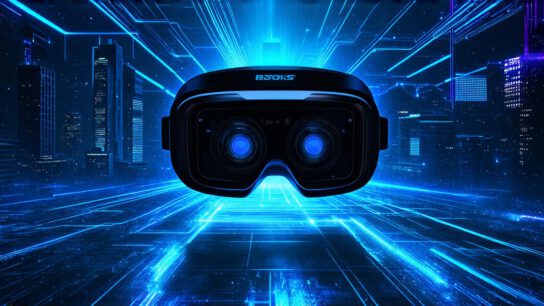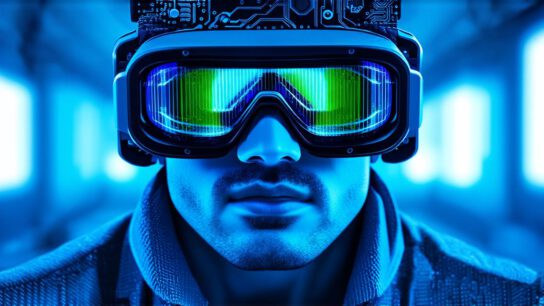Introduction
Virtual reality (VR) technology has come a long way since its inception in the 1960s. Today, it is used in various industries such as gaming, education, healthcare, and more.
As a VR developer, understanding the basics of VR technology is crucial to create immersive and engaging experiences for users. In this guide, we will explore the key concepts and components of VR technology and their impact on user experience.
What is Virtual Reality?
Virtual reality is an immersive computer-generated simulation that allows users to interact with a simulated environment as if they were physically present in it. It uses sensors, cameras, and headsets to track the user’s movements and adjust the virtual environment accordingly, creating a realistic and interactive experience. The goal of VR technology is to create a sense of presence in a virtual world that feels authentic and engaging.
Components of Virtual Reality
1. Head-Mounted Display (HMD)
The head-mounted display (HMD) is the device that users wear on their head to experience the virtual environment. It consists of a headset with sensors, cameras, and displays that track the user’s movements and adjust the virtual world accordingly. The HMD also provides audio feedback to enhance the immersive experience.
2. Input Devices
Input devices are used to interact with the virtual environment. They can include handheld controllers, gloves, or even full-body suits that track the user’s movements. Input devices allow users to perform actions in the virtual world, such as pointing, grabbing, and moving objects.
3. Tracking System
The tracking system is responsible for monitoring the user’s movements and adjusting the virtual environment accordingly. It uses a combination of sensors, cameras, and algorithms to track the user’s position, orientation, and movement in real-time. The tracking system is critical to creating a seamless and immersive experience.
4. Graphics Processing Unit (GPU)
The graphics processing unit (GPU) is responsible for rendering the virtual environment and generating the 3D graphics that users see. It uses powerful algorithms to process large amounts of data and create a realistic and interactive virtual world. The GPU is a key component of VR technology, as it determines the quality and performance of the visual experience.
5. Content Creation Tools
Content creation tools are used to design and develop virtual environments, applications, and experiences. They include software platforms, game engines, and 3D modeling tools that allow developers to create and manipulate virtual objects, environments, and characters.
The Impact of Virtual Reality on User Experience
Virtual reality technology has the potential to revolutionize various industries by creating more engaging and immersive experiences for users. Here are some of the key benefits of VR technology:
-
Enhanced Learning and Training
-
Improved Healthcare Outcomes
-
Enhanced Gaming Experiences
Case Studies and Personal Experiences
One example of the impact of VR technology is the use of virtual reality simulations in healthcare. The University of California, San Francisco (UCSF) developed a VR simulation that allows doctors to practice complex surgical procedures in a safe and controlled environment. This has led to improved surgical outcomes and reduced patient risks associated with traditional surgical methods.
Another example is the use of VR technology in education. The Virtual Field Trips program, developed by Google Expeditions, uses VR technology to take students on virtual field trips to museums, historical sites, and natural wonders around the world. This has allowed students to experience new cultures and learn about history and science in a more engaging and immersive way.
Summary
Virtual reality technology is an exciting and rapidly evolving field that has the potential to revolutionize various industries. As a VR developer, understanding the basics of VR technology is crucial to creating immersive and engaging experiences for users. By using head-mounted displays, input devices, tracking systems, graphics processing units, and content creation tools, developers can create virtual worlds that feel authentic and engaging. The impact of VR technology on user experience is significant, as it has the potential to enhance learning and training, improve healthcare outcomes, and create more engaging gaming experiences. With continued innovation and development, the possibilities for VR technology are endless.



